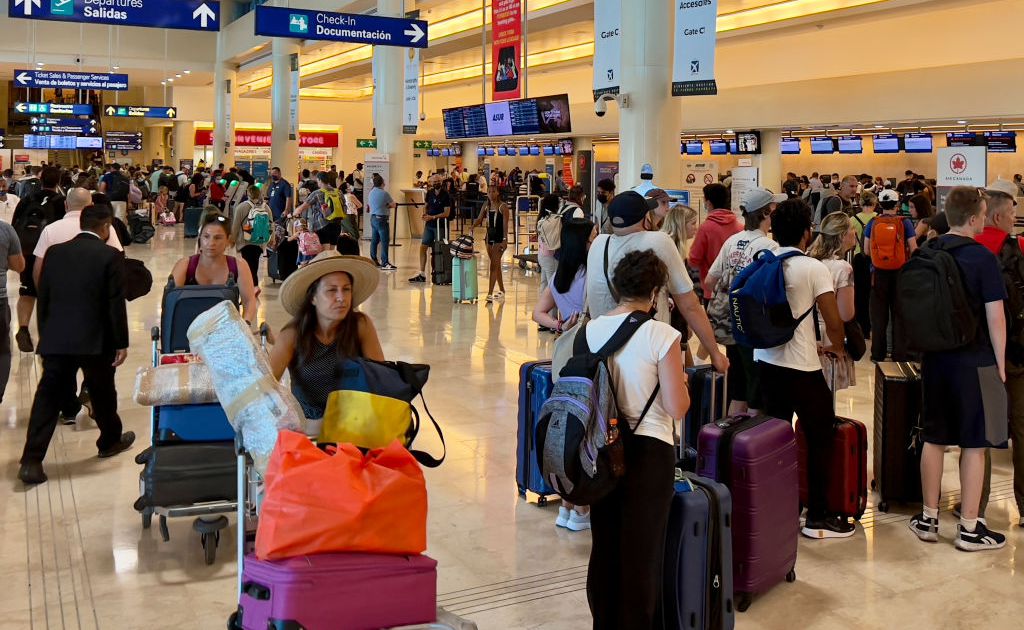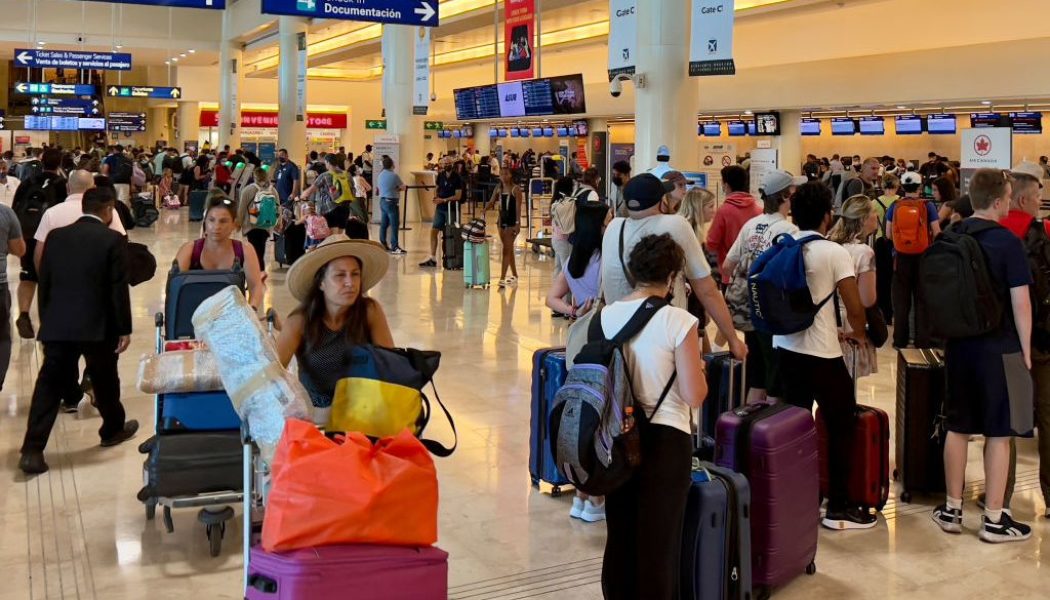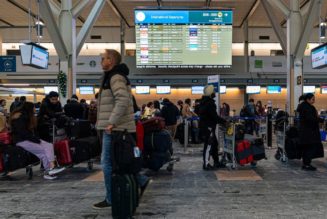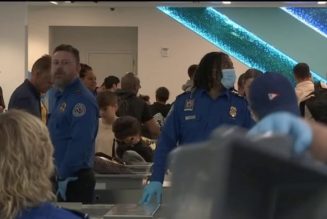
Spring Break is just a few weeks ahead and the most popular destination for U.S. travelers is Mexico — a country with stunning sandy beaches in the Pacific Ocean and the Caribbean.
In 2022, 13 million U.S. tourists visited this country. The top destination was Cancún and the Mayan Riviera, which received 2.4 million people, according to Mexico’s tourism office.
Others travel to inland colonial destinations or big cities like Guadalajara, Monterrey and the nation’s capital, Mexico City.
American Airlines flies to a couple of dozen of destinations from DFW International Airport. Southwest Airlines also offers connecting flights to several resort destinations. Many more enter Mexico by land.
Here are five things to know about visiting Mexico during Spring Break.
Where to visit?
Mexico is known for many things, but its beaches are a magnet for millions of tourists.
Beach resorts include Acapulco, Cancún, Playa del Carmen, Mazatlán, Puerto Vallarta, Huatulco, Los Cabos, the Riviera Maya, and the Riviera Nayarit, according to Mexico’s tourism agency.
As for colonial destinations, some of the most popular are San Miguel de Allende, Guanajuato, Taxco, Guerrero, and Puebla.
Other popular destinations are Campeche, Morelia, Zacatecas, Puebla, Oaxaca, and Querétaro.
In addition, Mexico has a network of 132 Pueblos Mágicos, small culture-rich towns. Here’s a complete list of pueblos mágicos.
Is it safe to travel?
The U.S. Department of State has issued recent multiple travel advisories for Mexico, to help visitors plan their visit.
According to these advisories, the safest states to visit are Campeche and Yucatán.
Yucatán is home to Mérida and the Chichén Itzá archaeological zone, known for its Mayan ruins, located about 120 miles west of Cancún.
The Department of State advises travelers to use “extreme caution” when visiting states like Quintana Roo, where Cancún is located; Baja California Sur, home to Los Cabos; and other tourist destinations such as Oaxaca and Mexico City, because of the risk of violence.
Likewise, The U.S. advisory discourages travelers from visiting states like Colima (Manzanillo) and Guerrero (Acapulco) due to high violence levels.
Find here a complete list of states and their travel advisory level.
Safety tips
These are the recommendations from the Department of State for travelers:
Sign up to the Smart Traveler Enrollment Program (STEP) to receive alerts and make your location easier in case of an emergency.
Visit the U.S. Embassy in Mexico website in this link: https://mx.usembassy.gov/
Visit the CDC website for travel and covid-19 advisories for specific countries here: https://bit.ly/3XBsxNd.
Keep travel companions and family up to date about travel plans, including destination and dates.
If you take a taxi while traveling alone, write down the taxi’s number or license plate number and text it to a friend.
Use toll roads whenever possible and refrain from driving alone or in nighttime hours.
Be extra cautious if visiting bars, nightclubs, or local casinos.
Do not show signs of wealth, such as expensive watches or jewelry.
Be on the look out when visiting banks or ATMs to withdraw cash.
Follow the State Department and U.S. Embassy social media accounts.
What’s needed to travel to Mexico
Mexico has several entry requirements for visitors, which vary depending on whether travelers arrive by plane or by land.
Travelers can’t enter the country carrying more than $10,000 in cash.
Travelers planning to stay more than 180 days must apply for a temporary residence visa.
U.S. citizens arriving in Mexico by plane need only to show a passport.
U.S. citizens arriving by land can travel freely within the “free border zone,” 12 miles south of the border. In the case of Baja California, the “free zone” covers the entire state.
Tourists planning to travel further south from the border must pay 575 Mexican pesos ($30) and fill out the Forma Migratoria Multiple (Multiple Immigration Form) at a port of entry or download it here.
People traveling by land and beyond the free border zone must also have a temporary permit for their vehicle. The form costs $19 and the requirements are here.
The Department of State advises visitors to carry all documents proving legal entry and stay in the country.
“Inland immigration control checkpoints are common in Mexico, even in popular tourist areas far from the border,” the DOS advises.
Be careful when traveling to Cancún
In January, a scuffle broke out between Uber drivers and taxi drivers at the Cancún International Airport, which made news once a video went viral showing a female Russian tourist being forced out of an Uber car, Mexican newspaper Reforma reported.
In response to that, the U.S. Embassy in Mexico issued a safety advisory on Jan. 23 calling its citizens to use caution when choosing transportation from the airport to their hotel.
“Application-based car services such as Uber and Cabify are available in many Mexican cities, and generally offer another safe alternative to taxis,” the Embassy said.
“Past disputes between these services and local taxi unions have occasionally turned violent, resulting in injuries to U.S. citizens in some instances.”
No other incident have been reported since this confrontation. The cab driver’s union continues negotiations with local authorities.









